GDP Center Round-up: The Summit for a New Global Financing Pact
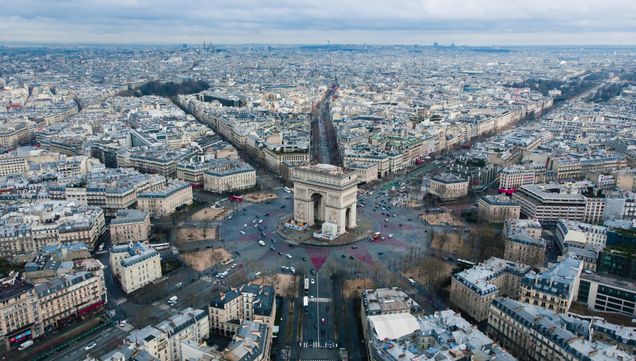
By Samantha Igo
Amid warnings from the Intergovernmental Panel on Climate Change that it is “now or never” for climate action, policymakers meet in Paris this week on June 22-23 for the Summit for a New Global Financing Pact.
With the $100 billion climate finance commitment by advanced economies long overdue, and current estimates suggesting that $2.4 trillion per year by 2030 must be mobilized by emerging market and developing economies (EMDEs) for sustainable investment, leaders are set to discuss reform of the international financial architecture and how to efficiently mobilize sufficient resources for a global green transition. The Summit comes at a critical moment as EMDEs face a looming debt crisis and rising cost of capital that constrains their ability to respond to severe climate impacts and adequately invest in vital climate and adaptation measures.
The Boston University Global Development Policy (GDP) Center has produced a suite of research investigating how to harness the financing capacity of multilateral development banks (MDBs), the linkage between debt and climate for vulnerable countries, how the International Monetary Fund (IMF) should incorporate climate and development into its operations and more.
Below, see a summary of the latest research:
Sustainable Future Bonds: Boosting MDB Lending and Improving the Global Reserve System

MDBs are crucial players to finance a green transition, but they need sufficient funding to reach their transformative potential. Given that major shareholders appear reluctant to increase MDB capital, hybrid capital arrangements that leverage foreign exchange reserves, which are in excess in many countries, could be a way to effectively mobilize fresh finance.
A new policy brief by Marina Zucker-Marques and Kevin P. Gallagher proposes the creation of Sustainable Future Bonds, a hybrid capital arrangement designed to unleash the potential of foreign reserves for development purposes. They argue that rechanneling just 0.5 percent of global foreign reserves could result in a mobilization of at least $60 billion per year in fresh capital to MDBs. At that pace, by 2030, MDB loan portfolios could reach $2.5 trillion, a substantial number at a critical global moment. Plus, Sustainable Future Bonds would strengthen the international reserve system by supplying central banks with an additional safe asset for their portfolios.
To Zucker-Marques and Gallagher, Sustainable Future Bonds offer a timely, viable and safe alternative for investing in a sustainable future. Read the policy brief.
World Bank Evolution as if Development and Climate Change Really Mattered: Four Foundations for Successful Reform
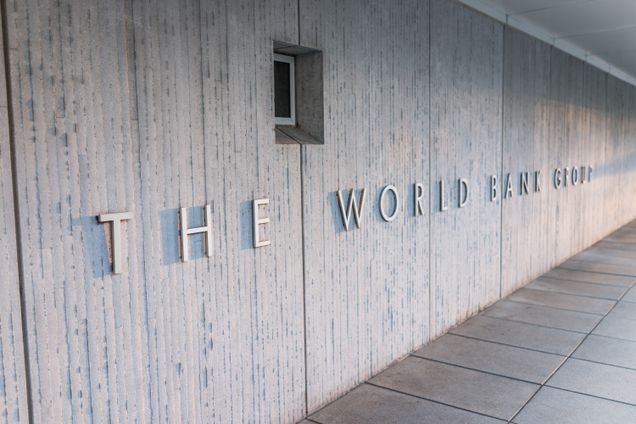
Tasked by US Secretary of the Treasury Janet Yellen, the World Bank has begun advancing an ‘evolution roadmap’ that reconsiders the mission, operations and financing of the institution in order to better provide the global public goods that are so lacking in the world economy today.
A recent policy brief by Kevin P. Gallagher and Rishikesh Ram Bhandary advance four foundations of a development-centered evolution of the World Bank, including (1) a mission-driven approach centered on investing in national development strategies that are equitable, low-carbon and resilient to reduce poverty and provide global public goods, (2) a better operational model that minimizes risk and waste, while maximizing sustainable development, (3) a stepwise increase in the scale of World Bank capital and lending capacity and (4) increased voice, representation and accountability to developing countries and their citizens.
The brief is the outcome of a workshop hosted by Boston University Global Development Policy Center in fall 2022 and is signed by 12 experts (in their personal capacity) who work at some of the foremost institutions and think tanks on global development in the world, including the South Centre, African Economic Research Center, Centre for Social and Economic Progress India, the V20, the Development Bank of Southern Africa and more. Read the policy brief.
Debt Relief for a Green and Inclusive Recovery: Guaranteeing Sustainable Development
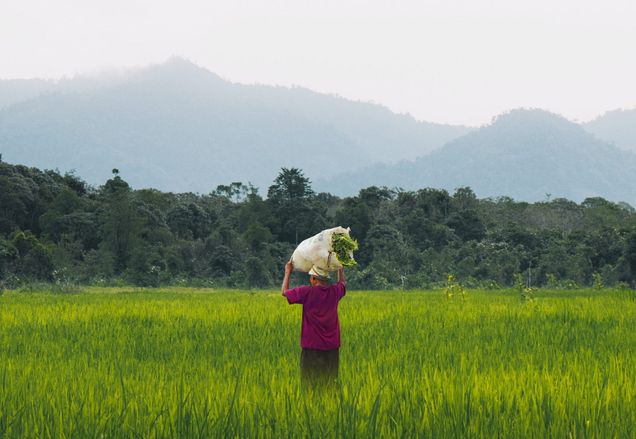
A debt crisis is emerging in the Global South at the precise moment when substantial investment is needed to meet shared climate and development goals. Yet, the G20 Common Framework has been unable to engage all creditor classes or link debt relief to climate and development.
A new report by Luma Ramos, Rebecca Ray, Rishikesh Ram Bhandary, Kevin P. Gallagher and William N. Kring for the Debt Relief for a Green and Inclusive Recovery (DRGR) Project analyzes new data on the level and composition of public and private external sovereign debt for EMDEs. It estimates more than $812 billion in debt needs to be restructured across all creditor classes for 61 emerging market and developing economies in or at high risk of debt distress to achieve debt sustainability and put them on a path towards meeting their development goals and climate commitments. The DRGR Project has developed a proposal that is in many ways a modern-day version of the Brady Plan and the Highly Indebted Poor Countries (HIPC) Initiative of the 1990s combined. Read the report and read the summary blog.
The International Monetary Fund, Climate Change and Development: A Preliminary Assessment
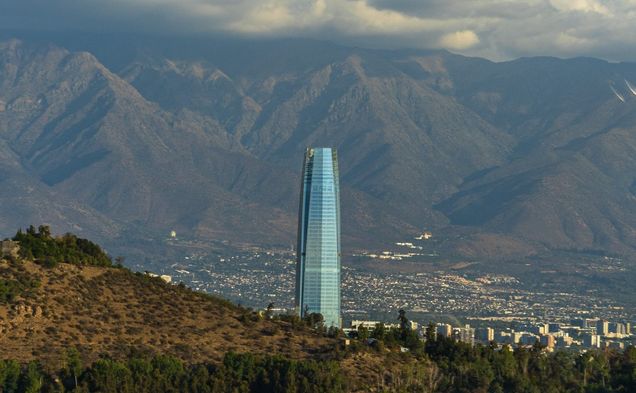
As the international institution charged with maintaining global financial and monetary stability, the IMF has a vital role to play in ushering in a green transition that is as swift as it is just.
A recent report from the Task Force on Climate, Development and the International Monetary Fund provides an independent, preliminary assessment of the IMF’s efforts to mainstream climate change. The assessment is evaluated through the development-centered lens articulated in the Task Force’s initial strategy report and advances actionable policy recommendations for the IMF and its stakeholders.
The Task Force finds that while modest progress has been made, the IMF must show greater leadership on climate change and development across its multilateral and bilateral surveillance activities as well as its lending toolkit. Read the report and read the summary blog.
Renewable Energy Transitions in a Period of Debt Distress in Southern Africa: The Role of Development Finance Institutions
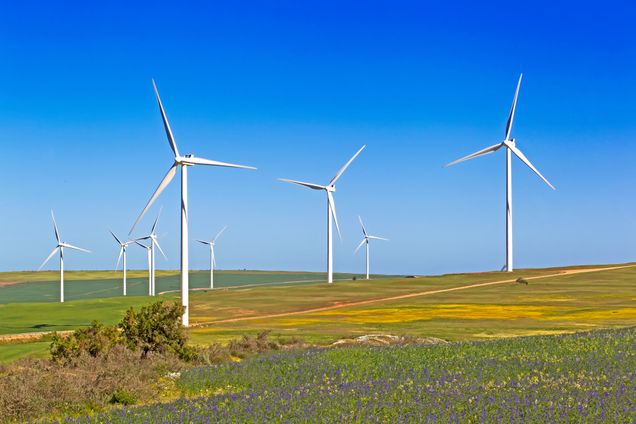
With significant investment, the Southern African Development Community (SADC) region could attain full energy access and 53 percent renewable energy (RE) capacity by 2040 while on its way towards zero-carbon growth. However, there is increasing concern that SADC countries have become economically vulnerable and increasingly unable to take on more external debt due to the ongoing constraints of the COVID-19 pandemic. Lockdowns associated with the pandemic were also disruptive to SADC’s energy sector across the entire electricity value chain, from the utility level to the national and regional levels, with the greatest impact falling on renewable energy capacity development.
A new report by the Southern Africa Development Community Centre for Renewable Energy and Energy Efficiency, the University of Pretoria Centre for Human Rights and the Boston University Global Development Policy Center explores the role of development finance institutions (DFIs) in enabling RE transitions of SADC countries. The report is a synthesis of three virtual workshops held between June-October 2021 with international experts in energy, finance and development. The study builds on a November 2020 report that sketched a roadmap for how the SADC region could expand the use of RE to increase energy access and spur economic development.
The report produced key findings and recommendations regarding the impact of the pandemic on the acceleration of RE in the SADC region amidst looming debt distress as well as the role of DFIs in financing RE transitions. Read the report and read the summary blog.
The Case for a New Bretton Woods

Amid the devastation of World War ll, the United Nations Monetary and Financial Conference convened in Bretton Woods, New Hampshire with the goal of designing an interdependent economic architecture for mutual prosperity. Based on a set of common principles of peace, equity and employment, the IMF and precursors to the World Bank and World Trade Organization were established to support the provision of global public goods, institutions that in their present form have loomed large in the global economy since their inception.
But the disjointed nature of the response to the COVID-19 pandemic, as well as deferment of crucial climate action, reveals the multilateral system is in need of fundamental reform. In echoes of the 1930s, the international community cannot coordinate well enough to provide global public goods for stability and prosperity or to combat right-wing populism and footloose finance.
Now, the book ‘The Case for a New Bretton Woods,’ by Kevin P. Gallagher and Richard Kozul-Wright outline a set of principles for a new multilateralism and a blueprint for change across three critical areas of global economic governance: the international financial system, trade and investment and development finance. Read the book.
*
Never miss an update: Subscribe to the Global Development Policy Center Newsletter.